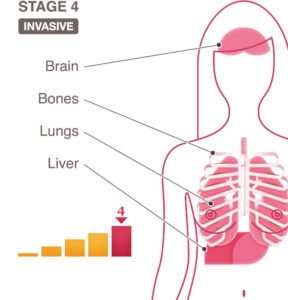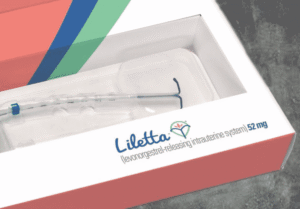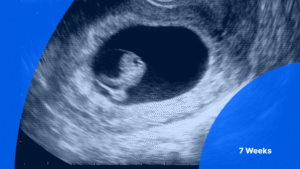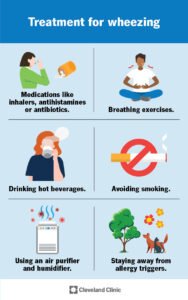Overview of Neutropenia During Chemotherapy
Neutropenia During Chemotherapy: Understanding the Impact and Management
Overview of Neutropenia in Chemotherapy
Neutropenia is a significant concern during chemotherapy treatment. It refers to a condition where the number of neutrophils (a type of white blood cell) in the blood is lower than normal. Neutrophils play a critical role in defending the body against bacterial infections, so a reduction in their number increases the risk of severe, potentially life-threatening infections. The severity of neutropenia can vary, and it is assessed by measuring the total white blood cell count, particularly the absolute neutrophil count (ANC).
Signs and Symptoms of Neutropenia
While a low neutrophil count itself typically does not cause specific symptoms, the lack of these cells makes the body more vulnerable to infections. Symptoms of an infection that may arise due to neutropenia include:
-
Fever exceeding 100.4°F (38°C)
-
Chills and sweats
-
Sore throat and cough
-
Shortness of breath
-
Painful urination or blood in the urine
-
Low back pain (indicating a possible kidney infection)
-
Abdominal or rectal pain
-
Diarrhea and vomiting
-
Rashes or redness around a wound or catheter site
-
Mental confusion or loss of consciousness
Causes of Neutropenia During Chemotherapy
Chemotherapy targets rapidly dividing cells, including those in the bone marrow that produce neutrophils. Different chemotherapy drugs have varying chances of causing neutropenia, with higher doses or more aggressive treatments (e.g., chemotherapy for breast cancer or bone marrow transplants) increasing the risk. Neutropenia is often most severe in cases involving high-dose chemotherapy.
Timing of Neutropenia
Neutrophil counts typically begin to drop 3 to 7 days after chemotherapy treatment and reach their lowest point (nadir) around 7 to 12 days post-treatment. During this nadir period, the risk of infection is highest. After the nadir, neutrophil levels generally recover within 3 to 4 weeks.
Diagnostic Approach to Neutropenia
To diagnose neutropenia, healthcare providers monitor the white blood cell count (WBC) before and after chemotherapy. The normal range for WBC is 4,000 to 11,000 cells per microliter of blood, but the focus for neutropenia is on the ANC. A normal ANC ranges from 2,500 to 6,000 neutrophils per microliter.
Classifications of Neutropenia
Neutropenia is categorized into three levels based on the ANC:
-
Mild: ANC between 1,000 and 1,500 (low infection risk)
-
Moderate: ANC between 500 and 1,000 (moderate infection risk)
-
Severe: ANC less than 500 (high infection risk)
Treatment Options for Neutropenia
The treatment for neutropenia depends on its severity, the chemotherapy drugs used, and the patient’s symptoms. Possible approaches include:
-
Delaying Chemotherapy: If the white blood cell count drops too low, chemotherapy doses may be delayed. Research shows that neutropenia is the most common reason chemotherapy treatments need to be postponed.
-
Preventive Antibiotics: Antibiotics may be used preventively before signs of infection appear, especially if the neutrophil count is very low.
-
Growth Factors: Medications like Neupogen (filgrastim), Neulasta (pegfilgrastim), and Leukine (sargramostim) stimulate neutrophil production in the bone marrow.
Managing Infections and Neutropenia
Infections can be especially dangerous when neutrophil levels are low. If an infection is suspected, prompt hospitalization and intravenous antibiotics are typically required. Patients with febrile neutropenia (fever without an obvious infection source) may also receive broad-spectrum antibiotics.
Reducing the Risk of Infection
Aside from medical treatments, several steps can be taken to reduce the risk of infection during chemotherapy:
-
Hand Hygiene: Frequent handwashing with liquid soap is essential for both patients and their loved ones.
-
Avoiding Infections: Steer clear of people with infections and crowded places.
-
Vaccinations: Speak with your oncologist about recommended vaccines, such as flu shots or COVID-19 vaccines. Live-virus vaccines should be avoided.
-
Safe Food Practices: Avoid raw eggs, undercooked meat, and seafood. Practice safe cooking techniques.
-
Animal Precautions: When the white blood cell count is low, others should handle pet care, especially cleaning litter boxes or cages.
-
Personal Care: Use an electric shaver instead of a razor, and avoid cutting cuticles or getting manicures during chemotherapy.
When to Contact Your Healthcare Provider
If you experience signs of infection, such as fever, chills, or unusual symptoms, contact your oncologist immediately. It’s critical to seek medical attention if a fever exceeds 100.4°F or if other serious symptoms develop.
Key Takeaways
-
Neutropenia is a common and serious side effect of chemotherapy, increasing the risk of infections.
-
Regular blood tests are vital to monitor neutrophil levels and guide treatment decisions.
-
Preventive measures, including antibiotics and growth factors, can help manage neutropenia.
-
Practicing good hygiene and avoiding infection risks are crucial for patients undergoing chemotherapy.







